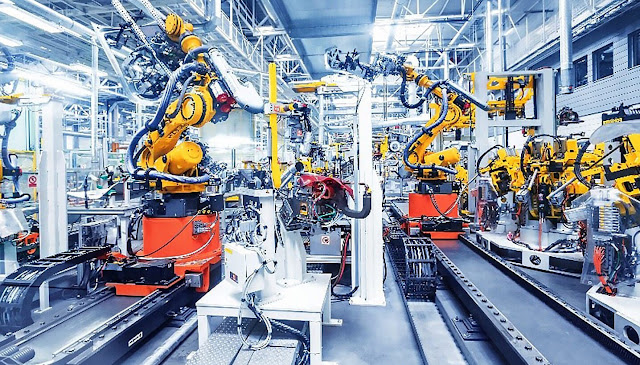3 Tips for Improving Employee Development at Your Company
Employee development refers to the process of arranging human resources to achieve company objectives.
Employee development is like building a house. Because both demand the necessary competencies, as well as the capacity to plan and carry out construction tasks in line with scientific principles.
A range of processes that contribute to staff development must be carried out, including the following:
1- Employee Development through Recruitment:
Employee Development is required to achieve the company's goals with the greatest efficiency and effectiveness. This involves the recruitment of personnel with abilities that can contribute to the company's success.
Despite the importance of recruiting effectively and scientifically, many organisations ignore this process, which indicates a disregard for these critical resources, but on the other hand, this supports your capacity to obtain excellent human resources.
To enhance your recruitment abilities, you must first grasp the process and then practise implementing it. Find out what training courses are available in this field, such as the human resources training courses in Dubai offered by the London Premier Centre.
Each stage of the recruiting process should contribute to the overall goal of obtaining human resources to assist the organisation in meeting its objectives. As a consequence, each employee should have a sub-objective that contributes to the overall aim of the organisation.
As a result, for the recruitment process to be effective, the following steps may be required: identifying the vacancy, attracting applicants, screening candidates, interviewing candidates, and finally selecting and hiring. We recommend you to check Advanced Selection, Interviewing and Recruitment training course.
2- Skills Development:
Employee Development efficiently and effectively does not stop with hiring; it is also important to pay attention to training them because of the various benefits in enhancing the value of human resources for the company, such as training contributing to the faster integration of new employees into the work environment.
Because the number of job openings required by the organisation is limited, but the efficiency and effectiveness of these vacancies are endless, it is usually feasible to train human resources to boost their talents.
Skill development should not be haphazard; rather, the organisation should have a strategy for training. It, like any other strategic plan, must be examined and analysed, which allows for dealing with and regulating any faults made, as well as learning from these mistakes.
The review and evaluation aim to ensure that the training process is implemented as planned and that the training process is progressing toward its goals, which are the development of human resource skills, the development of the company's competitiveness, and its ability to adapt to changes to achieve both long-term and short-term goals.
Human resources training not only contributes to the development of skills to achieve the company's goals, but also to the personal goals of employees in their quest to improve their position in the labor market, and as a result, regular training is a way to make them happy, and make them more satisfied with their work, and thus they are more loyal to the company.
3- Encourage staff collaboration:
The availability of sophisticated abilities does not imply that these skills contribute to the attainment of company objectives. Especially if the employees' collaboration skills are lacking.
This is because each business member may have talents and resources that provide more value to the firm if they are shared with others. As a result, the collaboration of various activities yields more gratifying outcomes than solo efforts.
For example, because of customer service staff's knowledge of customer problems and the information they obtain about customers and the market, their collaboration with the marketing department, which works to develop products to meet the needs of customers, allows the marketing department to obtain information that aids in the development of the company's competitiveness.
Human resources can be compared to human blood; just as blood becomes worthless if it cannot carry out its mission and threatens the death of a person, so too do human resources become worthless if they cannot carry out their mission and threaten the death of the company; therefore, it is critical to prioritise training and employing human resources.
If human resources are the blood, then collaboration among these human resources is the heart, without which the firm will cease to exist. Human blood is useless if it is not mobilised by the heart in a way that benefits the human body, and human resources are worthless if they are not mobilised by collaboration in a way that benefits the firm.
Human resource collaboration enhances the work environment, decision-making processes, accomplishment, loyalty, trust, and dedication in human resources.



Comments
Post a Comment